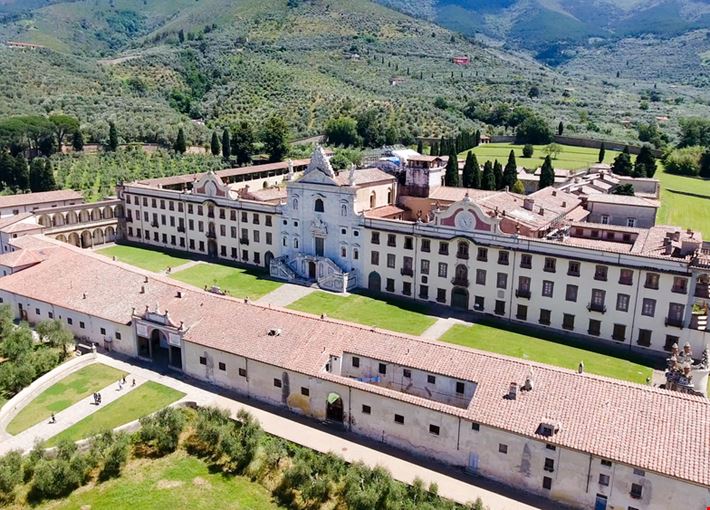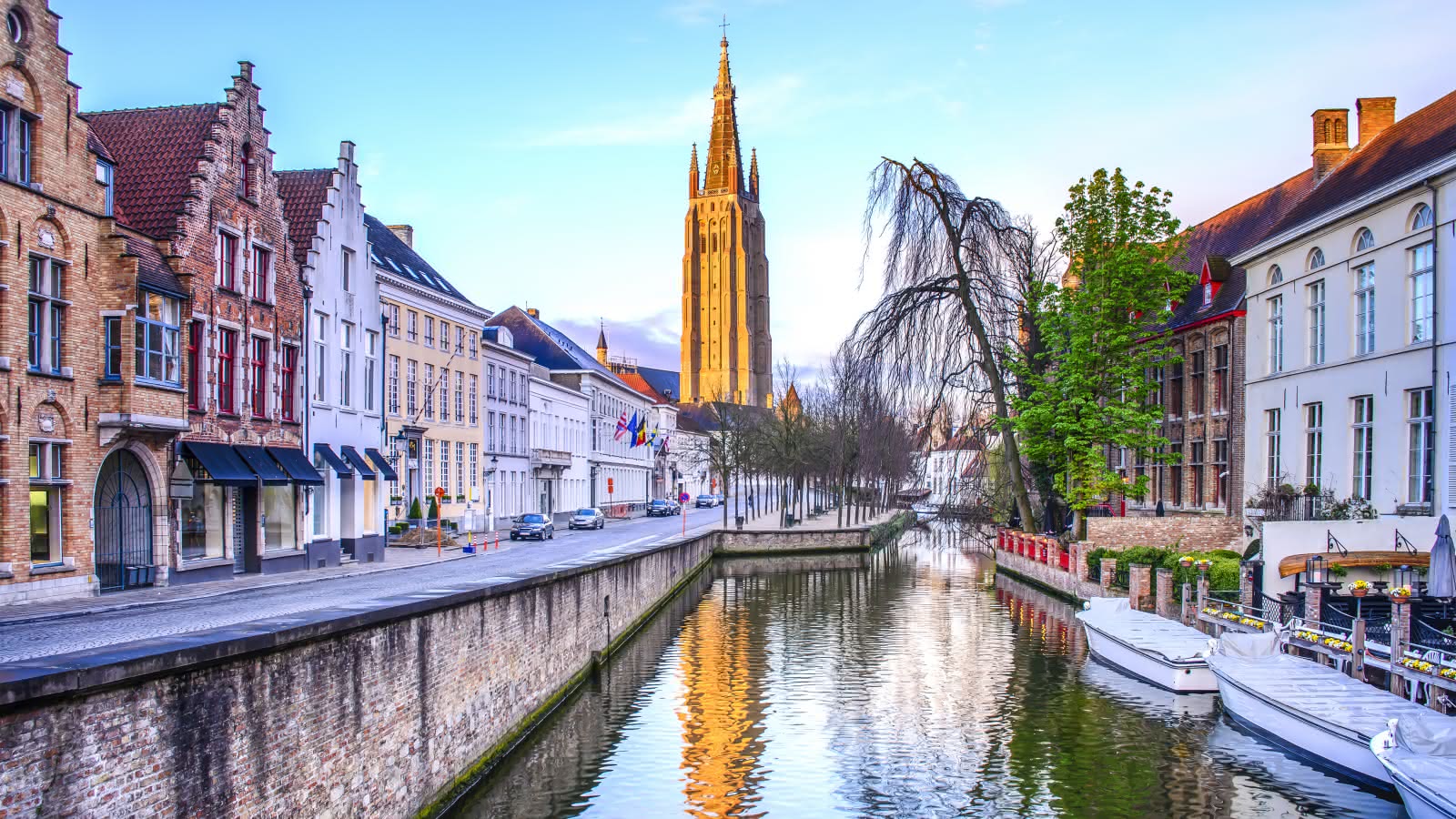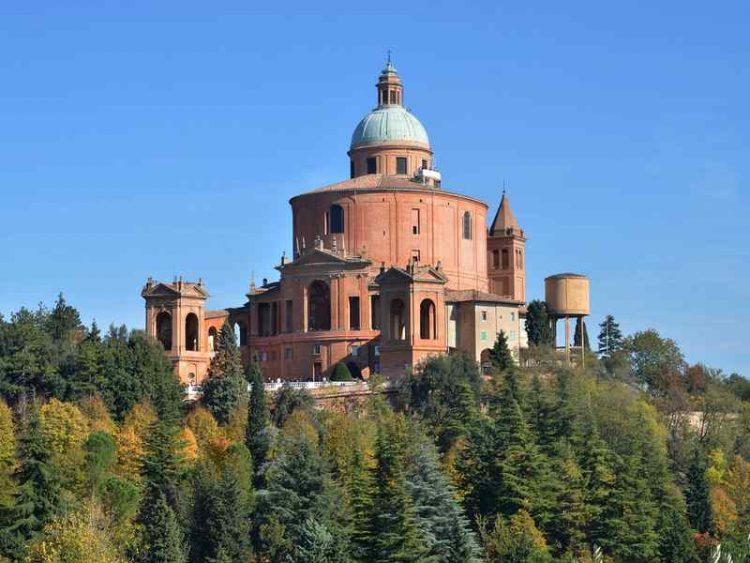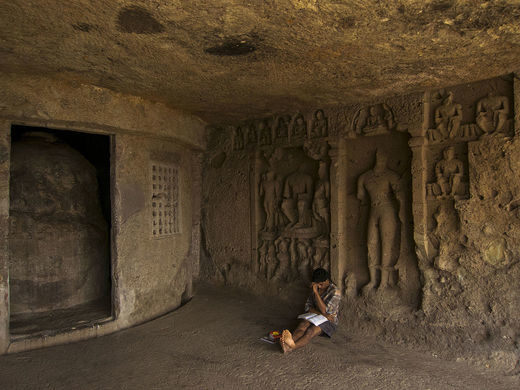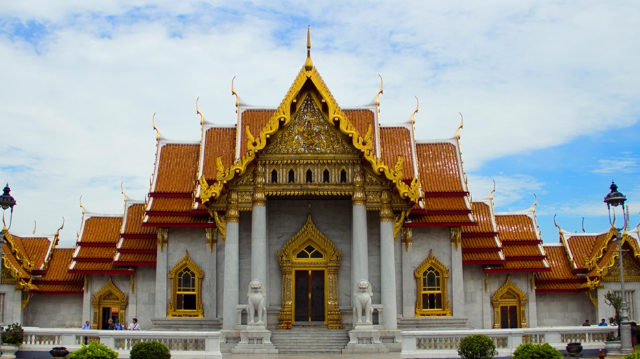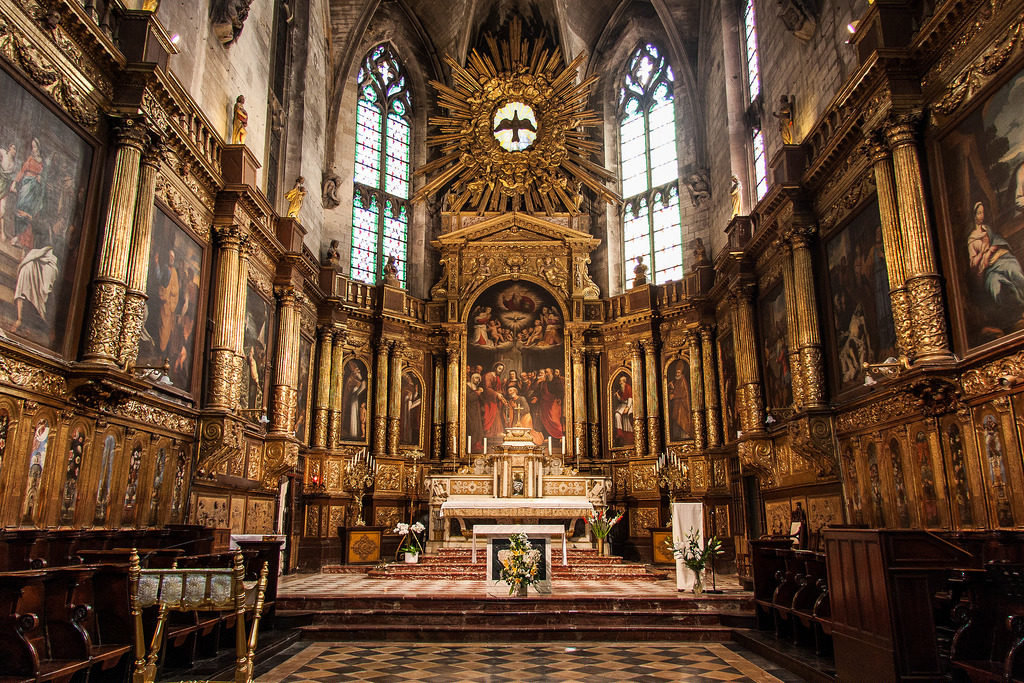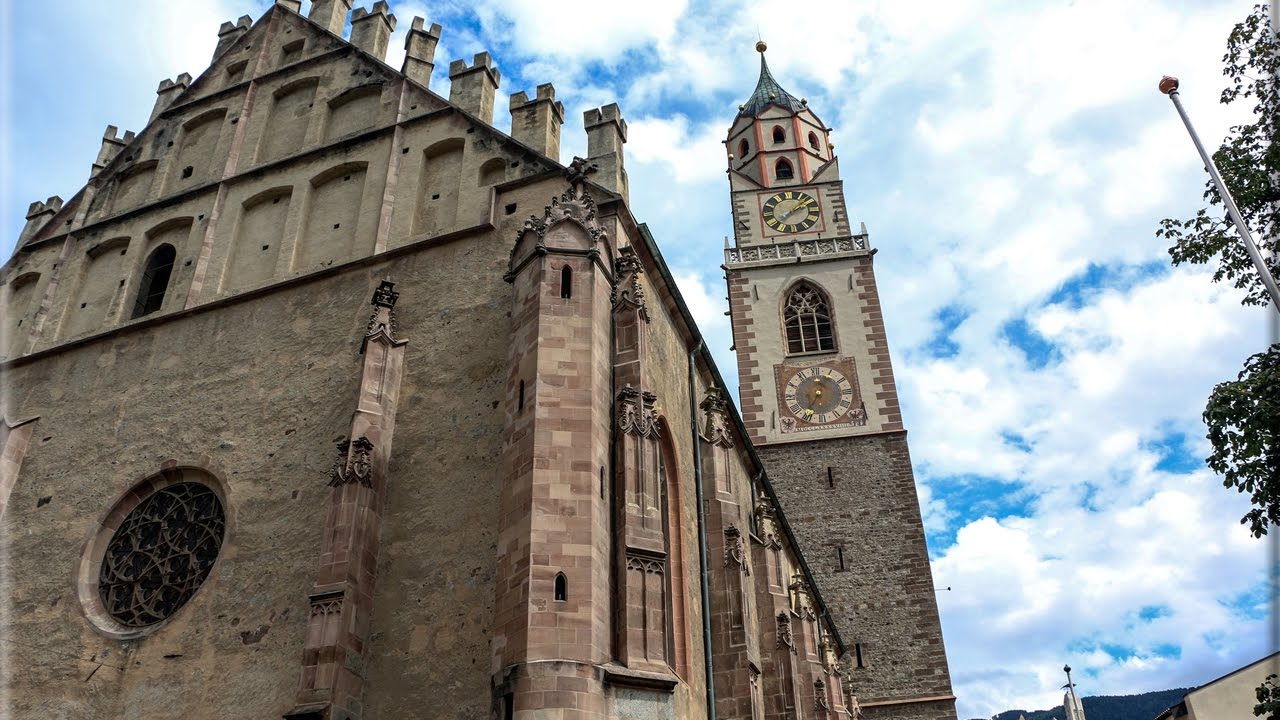Not far from Pisa, on the slopes of Mount Pisano, in the municipality of Calci, is the Charterhouse of Calci a vast monumental complex that includes a spectacular monastery often overlooked by those visiting the region.
Founded in 1366 by a family of Carthusians, the complex was enlarged between the 17th and 18th centuries and is now a splendid Baroque monument set in a highly evocative landscape. Originally called "dark", the valley of Calci was renamed Val Graziosa (full of grace) after the foundation of the monastic complex. In 1972 the Charterhouse, abandoned by the few remaining monks, became a National Museum, while in 1979 the western part of the complex was granted in perpetual use and free of charge to the University of Pisa, which founded the Museum of Natural History, since then expanded, enriched and renovated.
Today, the Charterhouse houses two separate museums: the National Museum of the Monumental Charterhouse of Calci and the Museum of Natural History of the University of Pisa. The two museums were founded at different times, belong to different public bodies, are located in different parts of the complex and have two different thematic and educational profiles. However, their stories and collections, apparently so different, are inextricably intertwined with the fascinating history of the great building that houses them.
A visit to the National Museum is an evocative journey into the world of the Carthusians, to discover the solitary life they led, made up of rigor, meditation and contemplation, in environments that still amaze for their magnificence and splendor of the decorations. Beginning with the green courtyard of honour, continuing with the church covered in striking frescoes, the numerous chapels for the celebration of individual masses by the fathers, the monumental great cloister, the austere cell, the cloister and the chapel of the chapter for the meetings of the fathers, the great refectory for Sunday lunches, the rich guest quarters for the visits of the Grand Duke and the adjoining cloister on two levels; finally, in the detached building, the ancient apothecary’s shop for the production and sale of medicines.
The tour of the Museum of Natural History winds its way inside the Charterhouse in the most "humble" rooms, those used by the lay monks in their daily work: cellars, storerooms, oil mill, carpentry, barn and so on. These rooms are now brought back to life by hosting the prestigious collections of the Museum, the result of almost 500 years of history. These collections are unique for their historical and scientific importance, and include zoological, palaeontological and mineralogical finds, as well as live animals housed in the largest freshwater aquarium in Italy.
On a clear day, the view from here is a good testimony to the beauty of Tuscany.
